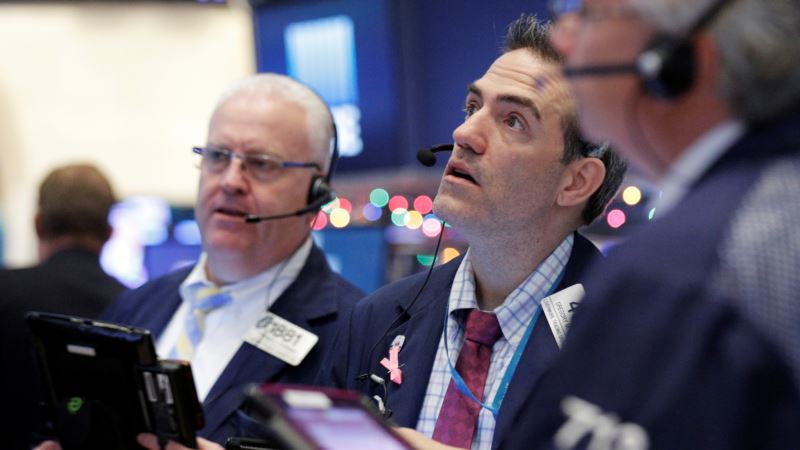U.S. major stock averages took a breather this week after hitting a series of record highs over the past three weeks. Investors have viewed Donald Trump's victory in the U.S. presidential election as positive because his policies are perceived to be market-friendly. The November employment report showed 178,000 jobs were created, which was largely in line with expectations. All the private-sector job gains were in construction and services, with strong gains in education and health care, business services, and leisure and hospitality. The unemployment rate dropped to 4.6 percent from 4.9 percent. However, average hourly earnings fell 0.1 from the previous month. "November was another solid month for jobs growth in the U.S. and consistent with an economy with an underlying growth rate in the 2.0 percent-to-2.5 percent range," said Nariman Behravesh, chief economist at IHS Markit, a London-based analysis group. "With the recent improvements in productivity growth, this solid but modest growth range implies that employment gains are set to slow further over the next couple of years." Small-cap strength The S&P 500 gained 3.4 percent, for the second-best monthly gain of the year and best November since 2009. Financials were the top-performing sector, up 14 percent. Meanwhile, small-cap stocks had a strong month as well, as the Russell 2000 gained 11.0 percent for the best month since October 2011. Bonds, on the other hand, had their worst performance going back to 1990. "The Russell is comprised of smaller American companies, like exploration and production in the energy sector, biotechs and smaller retailers," said Phil Davis, chief executive officer of financial blog Philstockworld.com. "These companies have been on a tear to the upside following the surprise win of Donald Trump's presidential bid because of his pro-American business stance. The larger companies in the S&P 500 have nearly half of their revenue derived overseas, and that is why you saw the outperformance in the smaller-cap Russell 2000 index." A pullback in the major averages in December would create an opportunity to put excess cash to work. "The volume of the postelection rally was really low, almost like an auction where no one is bidding, and that inflates prices," Davis said. "You could see profit taking at these levels, but that will also give investors the chance to put some money to work at more attractive prices." "December is known for many things, but from a financial point of view, the best might be it has been a historically strong month for stocks," said Ryan Detrick, senior market strategist at LPL Financial in Boston. Since 1950, no month sports a better average return than December, with a return of +1.6 percent. It is also higher 76 percent of the time. When the S&P 500 has been up for the year heading into December, the average returns for December have jumped to 2.0 percent. Trading week ahead With earnings season mostly winding down, corporate-specific news will remain on the key holiday retail season. For some retailers, the holiday season can represent as much as 30 percent of annual sales, according to the National Retail Federation. The NRF tallies total retail industry sales from November and December to determine holiday sales. Holidays during this period include Thanksgiving, Christmas, Hanukkah and Kwanzaa. Holiday season sales are expected to jump 3.6 percent to $655.8 billion in 2016. The next major macro catalyst will come December 14 at 2 p.m. EST, when the Federal Reserve reveals whether it will raise interest rates. Chances of a rate hike at the Fed's December 13-14 meeting were pegged at 95 percent by CME Group's FedWatch page, following issuance of the November employment report.
US Markets Stop for Breath After Record Highs






